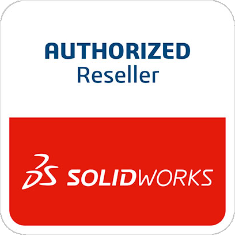
SOLIDWORKS CAM is an add-on to all versions of SOLIDWORKS CAD that lets you prepare your designs for manufacturability earlier in the development cycle. Manufacturing tasks that had to wait until a design was complete can now be performed concurrently with the design process.
| SOLIDWORKS CAM Standard | SOLIDWORKS CAM Professionals | SOLIDWORKS CAM Machinist Standard | SOLIDWORKS CAM Machinist Professional | ||
|---|---|---|---|---|---|
| Rules-Based Machining | |||||
| Tolerance-based Machining (TBM) | |||||
| Knowledge-Based Machining (KBM) | |||||
| Associativity With SOLIDWORKS 3D CAD | |||||
| Automatic Feature Recognition (AFR) | |||||
| Automate Machine Times | |||||
| 3 + 2 Programming | |||||
| High-Speed Machining (HSM) | |||||
| Turning Capabilities | |||||
| Part Modeling/Import | |||||
| Assembly Modeling/Import | |||||